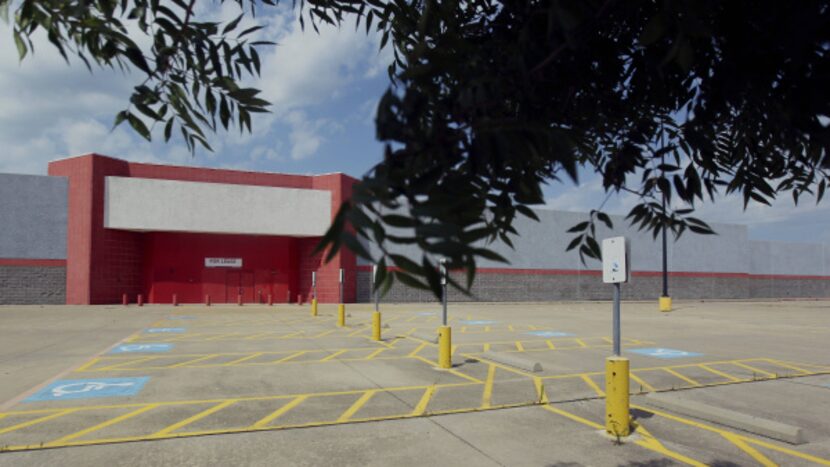Some excerpts:
Sales tax emphasis is the wrong strategy for the future. By 2028, every baby boomer will be over 65. Statistically speaking, this means that every boomer will have cut their spending by 40% on average. This is the generation most devoted to brick and mortar retail transactions. Keep in mind that millennials prefer to shop online and members of Generation Z are more than twice as likely as millennials to do so.
I could list countless lost opportunity costs of cities that instead choose to have large boxes remain empty or parcels undeveloped. The most common reason: the uses selected are the ones the market wants (storage, multifamily, or industrial), but are not boujie enough for decision-makers. Take the bird in the hand — pretty soon there are not going to be new birds.
City leaders need to understand other uses pay off better in the long term. Retail is inexpensive to build — among the least expensive. Often, we see small retail buildings cost $3 million or less. You can expect lower and lower ad valorem taxes as well as the decline in sales tax.
Multifamily, however, is expensive to build. Typically, the taxable value is $250,000 to $350,000 per unit, or more. The value of these buildings holds up much stronger than retail buildings, despite how much people hate on multifamily.
Sales tax is also a punitive tax for “buying things” which is the whole point of the economy.
There’s a good case for taxes influencing behavior, but our focus should be on land value over all taxes.
Yes, a tax system which forces the most efficient use of land would be best not only for residents but the local governments as well.


